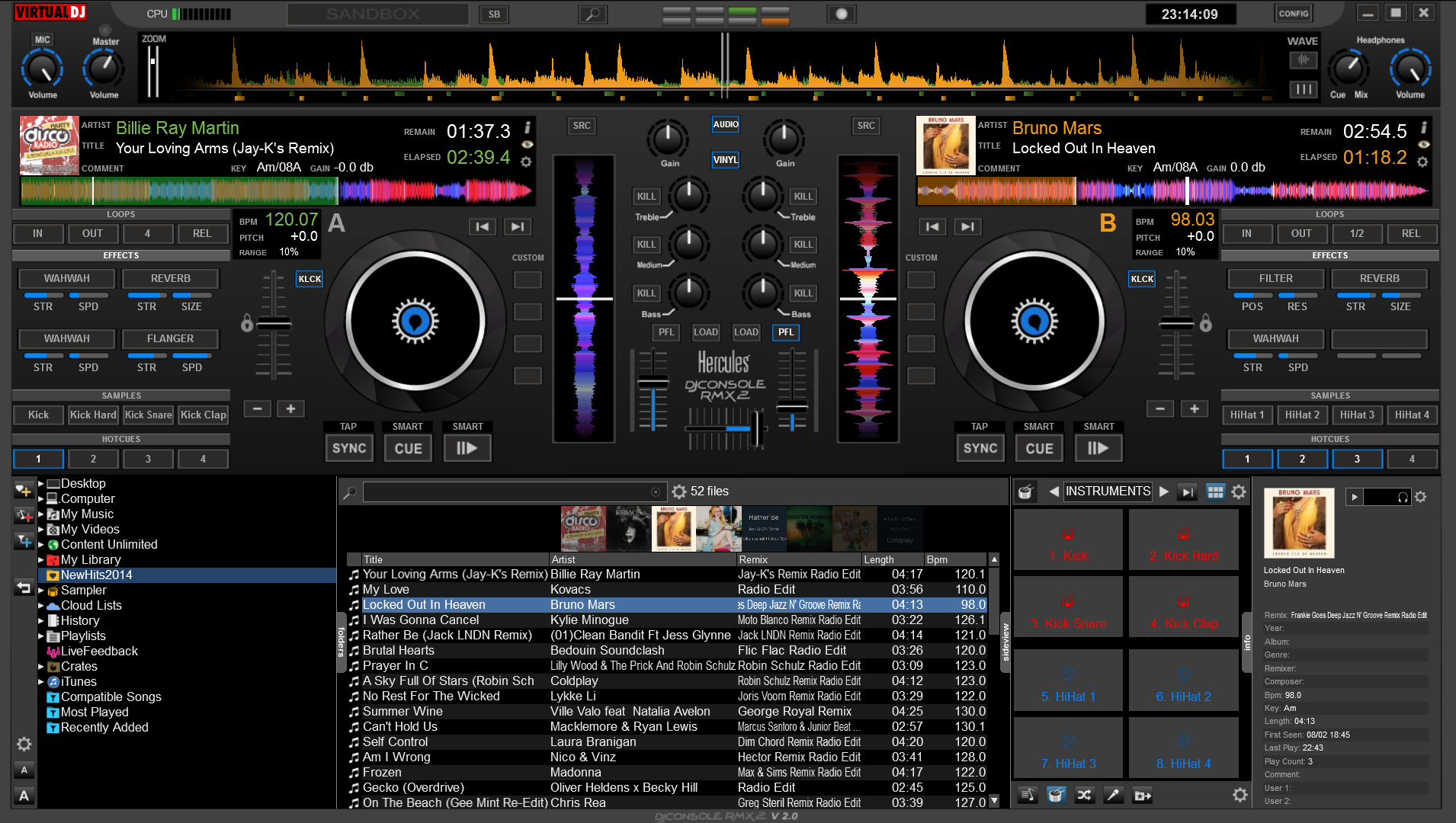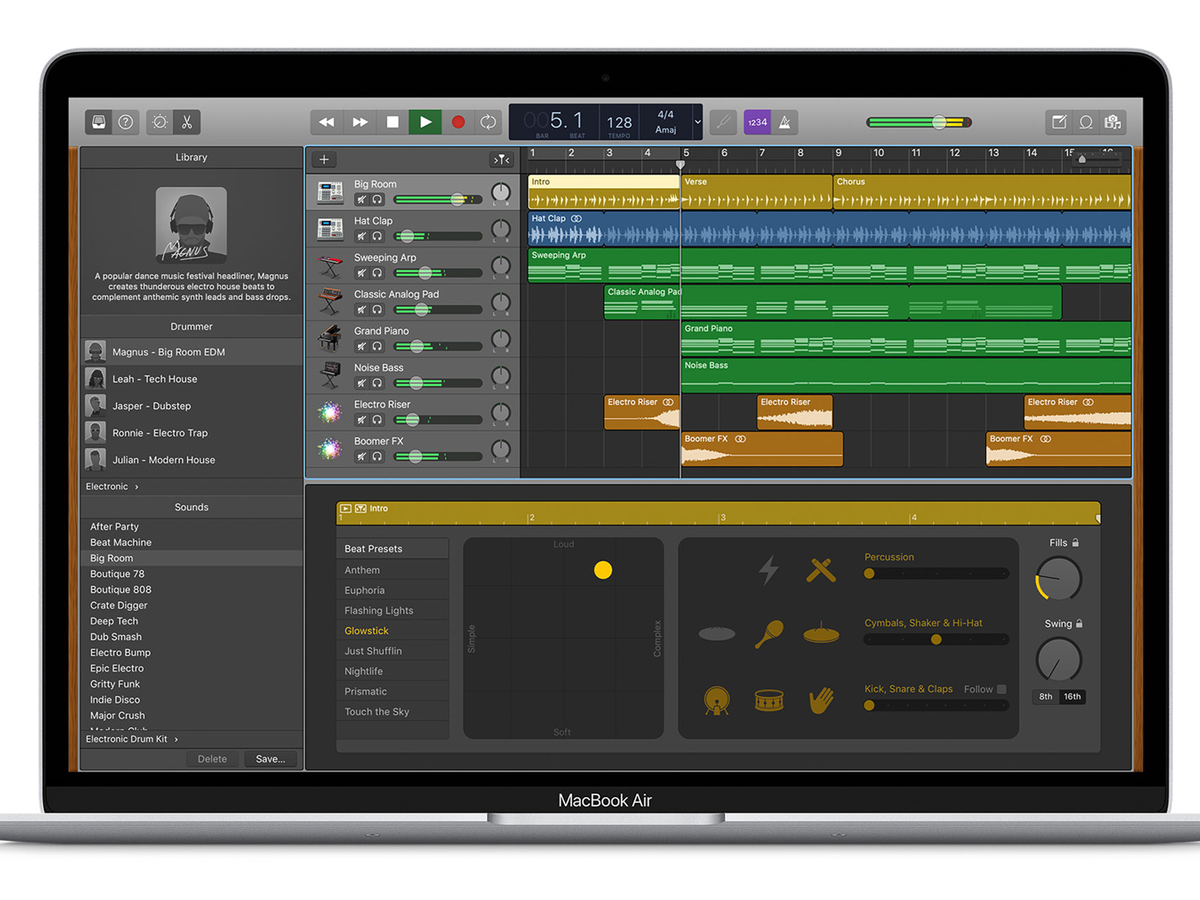
- VIRTUAL DJ MAC RECURSE HOW TO
- VIRTUAL DJ MAC RECURSE FOR MAC OS
- VIRTUAL DJ MAC RECURSE LICENSE KEY
- VIRTUAL DJ MAC RECURSE SOFTWARE
- VIRTUAL DJ MAC RECURSE TORRENT
You can run this application on Windows as well as Mac. This is a great alternative to turntables and CD players.
VIRTUAL DJ MAC RECURSE SOFTWARE
Virtual DJ 2021 Build 6781 Crack is a piece of new amazing music mixing software that can make you a professional DJ.
VIRTUAL DJ MAC RECURSE TORRENT
Virtual DJ 2021 Build 6781 Crack + Keygen With Torrent
VIRTUAL DJ MAC RECURSE HOW TO
VIRTUAL DJ MAC RECURSE LICENSE KEY

DS_Store file is not a resource fork as such.

VIRTUAL DJ MAC RECURSE FOR MAC OS
This was how applications for Mac OS could be customized out the wazoo by those of us handy with an app called ResEdit. Special editing software can change the resources of a resource fork. They are a part of the single file, not a separate file in Mac OS. They cannot be used in the UNIX File System, but not one Apple computer in a million uses the UFS.

Their use is not related to the file system. Some use is made of them on a Windows server that is setup to share files with Macs. They are created as separate files when shared with a Windows computer. They do not have any special meaning for most non-Apple computers. Mac OS is a multi-fork capable operating system, although this implementation is less used now than in years past. They don't exist as separate files in OS X. Those files that appear hidden in Windows (if you have chosen to set Windows to reveal hidden files) after copying files from a Mac OS system are not actually hidden in the Finder. Hey, where's the 'Edit' button for this forum? OK, new post. So there ARE problems and I hope these informations help to resolve them. I should like to note also that one of my external drives (Tuxera ntfs) upon hooking it up to xp suddenly showed up as 'empty' (it would refuse to show deleted files with freeundelete or such), after having recovered from panic I hooked the very same drive up to Mac OS - and all my treasured files were there again. Although I cannot imagine having deleted it by purpose, I also can't imagine Mac OS behaving THAT bad. Recently, I lost one entire directory, but I am not sure whether I did it myself and erroneously or whether it was lost for another reason, e.g. So either the information written into these files or some Unix/Windows incompatible file management must be the reason for this rather inconvenient behaviour.īacking up all these via Time machine apparently works, btw. Occasionally, I remember having deleted these files under xp, apparently to no effect.īy manually copying 'resistant' directories as outlined above, however, both under xp and under Mac OS, these '.files' are not included, to the best of my knowledge. If Mac OS gets into ntfs partitions it leaves invisible files, only visible under xp.

The 'rights' under xp, btw, are absolutely unrestrictive, sort of 'everybody can do everything'. Upon removing this protection recursively the operation is carried out right away and without any errors, but upon rereading those directories, the protection is again there. I noticed that under win xp (I still put my Mac OS back ups onto external Tuxera ntfs drives) all these directories are marked as (partially) protected. However, upon manually transferring these files by entering the troubled directory and cmd-A - copy, the files do get copied, it just ist very boring and time consuming and certainly not ok this way.ĭirectories showing this behaviour inevitably are those where files under MacOS later on were written into/edited under, those having been transferred from xp onto the Mac but never touched since behave properly. Now, recursive copying of some of those directories does not work any longer, I get the error message 'This operation couldn't be completed since some data in could not be read or written (error: -36)'. So the fate my files had was 1) xp/ntfs then transfer 2) to mac OS extended journaled then 3) occasionally again access via (bootcamp) xp or 4) occasionally via Parallels xp and, finally, 5) occasionally via mac OS Tuxera ntfs. Shortly after I realized that it would be desirable to access ntfs partitions, especially on external USB drives, from Mac OS, and so I installed Tuxera 2009.10. Since I wished to maintain the possibility to work under xp, I kept my old bootcamp partition for xp and also proceeded to install Parallels 5.0. both generating new files in these directories and editing old ones. Since all of these files run equally well under both xp and Mac OS I kept my old directory structure by and large and continued to work under Mac OS, i.e. Upon switching to MacOs 10.6.2 I transferred all these files onto the Mac (10.6.2/Mac OS Extended (Journaled)), i.e the default file system. I have very many files originally generated under win xp sp3/ntfs.


 0 kommentar(er)
0 kommentar(er)
